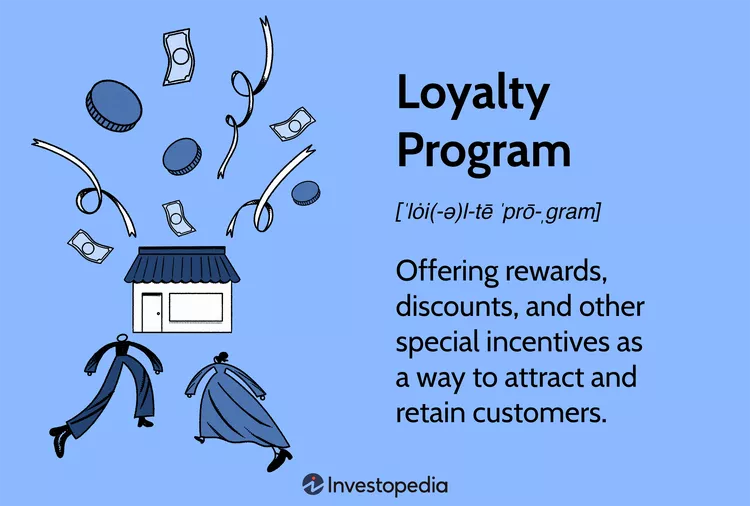What is blockchain technology? A Complete Guide to Blockchain Features and Benefits
What is Blockchain Technology?
Blockchain technology is a sophisticated database system designed to enable transparent data sharing within a network. It stores data in “blocks” that are linked in a sequence. Each block is time-stamped and secured in a chain, ensuring the data is consistent and cannot be altered without the approval of the network. This creates an immutable ledger, ideal for tracking transactions, payments, orders, and accounts. Blockchain’s built-in security mechanisms protect it from unauthorized changes, maintaining the consistency of the shared information.
Why is blockchain important?
Traditional database systems often encounter challenges when recording financial transactions. For instance, in a property sale, the buyer and seller may each record the transaction, but these records cannot be trusted independently. One party may claim not to have received payment, while the other could argue the payment was not made. In these scenarios, a trusted third party is typically required to verify the transaction, creating complexities and vulnerabilities.
Blockchain addresses this by providing a decentralized, tamper-proof system where transactions are automatically recorded in real time, ensuring transparency and preventing fraud. Each transaction is recorded on a shared ledger, and tampering with previous records would invalidate the entire chain. This level of security and transparency is why blockchain has become foundational for digital currencies like Bitcoin.
How Do Different Industries Use Blockchain?
Blockchain’s versatility is being embraced by many industries. Here are some examples:
- Energy: Blockchain enables peer-to-peer energy trading platforms, allowing homeowners with solar panels to sell excess energy to neighbors. This also supports crowdfunding initiatives for solar energy in communities lacking electricity access.
- Finance: Financial institutions use blockchain to streamline interbank transactions and improve the efficiency of payments. For example, the Singapore Exchange uses blockchain to eliminate manual reconciliation of financial transactions.
- Media & Entertainment: Blockchain helps in managing copyrights and digital rights. Sony Music Japan uses blockchain to enhance digital rights management and improve efficiency in processing copyrights.
- Retail: Blockchain helps verify the authenticity of goods sold online. Amazon, for instance, has patented a system that uses blockchain to track goods throughout the supply chain, ensuring they are authentic.
Key Features of Blockchain Technology
Blockchain offers several key features that make it unique:
- Decentralization: Control is distributed across the network, reducing the need for trust in a central authority and preventing any single participant from controlling the network.
- Immutability: Once data is added to the blockchain, it cannot be altered or deleted, ensuring the integrity of the records.
- Consensus: Transactions are validated only when the majority of participants agree, ensuring the authenticity of the data.
Key Components of Blockchain Technology
Blockchain technology consists of several core components:
- Distributed Ledger: The shared database that records all transactions in a blockchain network. It ensures all participants have the same copy of the records, maintaining consistency.
- Smart Contracts: self-executing contracts stored on the blockchain that automatically enforce the terms of an agreement. For example, a smart contract can trigger payments when goods arrive at a port.
- Public Key Cryptography: This secures transactions by using a pair of keys—a public key to verify and a private key to authenticate the transaction. This ensures only authorized participants can access the blockchain’s data.
How Blockchain Works
Blockchain operates through the following steps:
- Record the Transaction: A transaction is recorded as a block in the blockchain, containing details like the parties involved, the date, the transaction amount, and other relevant information.
- Gain Consensus: Most participants in the network must agree that the transaction is valid, ensuring its legitimacy.
- Link the Blocks: Once consensus is reached, the transaction is added to a block, which is cryptographically linked to previous blocks, creating an unchangeable chain.
- Share the Ledger: The updated ledger is distributed to all participants, ensuring that everyone has the latest, consistent record.
Types of Blockchain Networks
There are different types of blockchain networks:
- Public Blockchains: Open to anyone, where participants can read, write, and validate transactions. Cryptocurrencies like Bitcoin operate on public blockchains.
- Private blockchains: managed by a single organization, with controlled access. An example is Ripple, a private blockchain for digital currency exchange.
- Hybrid Blockchains: A combination of public and private blockchains, where some data is kept private while other information is accessible to the public.
- Consortium blockchains are governed by a group of organizations, allowing multiple parties to share responsibility for maintaining the network.
Blockchain Protocols
Several blockchain protocols facilitate application development, including:
- Hyperledger Fabric: A modular framework used by enterprises for private blockchain applications, supporting various industries such as supply chains and finance.
- Ethereum: An open-source platform for building decentralized applications, using smart contracts to enable automated transactions.
- Corda: A platform designed for business use, focusing on privacy and interoperability for secure financial transactions.
- Quorum: A modified version of Ethereum tailored for private or consortium blockchain networks, often used in business settings.
Evolution of Blockchain Technology
Blockchain’s development can be traced through three generations:
- First Generation—Bitcoin and Cryptocurrencies: In 2008, Bitcoin introduced blockchain as a way to manage digital currency. It remains a fundamental example of blockchain’s potential.
- Second Generation: Smart Contracts: Ethereum expanded blockchain’s use beyond cryptocurrency by incorporating smart contracts to automate various business processes.
- Third Generation—The Future: Blockchain technology continues to evolve with improvements in scalability, computation, and new applications across industries.
Benefits of Blockchain Technology
Blockchain brings several advantages, including:
- Advanced Security: The decentralized, consensus-based system ensures that transactions are secure and tamper-proof.
- Improved Efficiency: By eliminating intermediaries and automating processes with smart contracts, blockchain speeds up transactions and reduces administrative costs.
- Faster Auditing: Blockchain’s immutable, time-stamped records streamline auditing and verification processes.
Bitcoin vs Blockchain
While Bitcoin and blockchain are often used interchangeably, they are distinct. Bitcoin is a digital currency that operates using blockchain technology, which serves as the backbone for recording transactions. Blockchain, however, is a broader technology with applications far beyond cryptocurrencies.
See Also: SmatSkills
Blockchain vs Database
Unlike traditional databases, which are centralized and can be edited or deleted, blockchain’s decentralized nature ensures that data is immutable and consistently maintained across all participants.
Blockchain vs Cloud
While both cloud computing and blockchain offer decentralized resources, blockchain requires participants to provide their own hardware to store ledger copies. Some cloud providers offer Blockchain as a Service (BaaS) to simplify blockchain adoption.
Blockchain as a Service (BaaS)
BaaS allows businesses to develop blockchain applications using a cloud provider’s infrastructure, making it easier and faster to integrate blockchain technology without needing extensive hardware or technical expertise.
AWS Blockchain Services
Amazon Web Services (AWS) offers a range of tools to help build and manage blockchain networks. Services like Amazon Quantum Ledger Database (QLDB) and Amazon Managed Blockchain make it easier to develop blockchain applications and manage networks across various protocols such as Hyperledger, Ethereum, and more.
This version keeps the same structure and key details but is reworded to make it unique and more concise.






